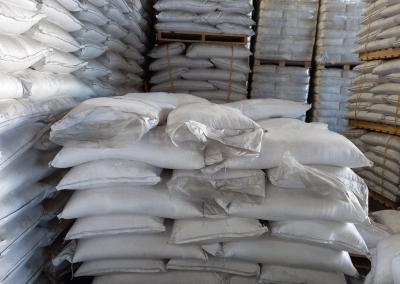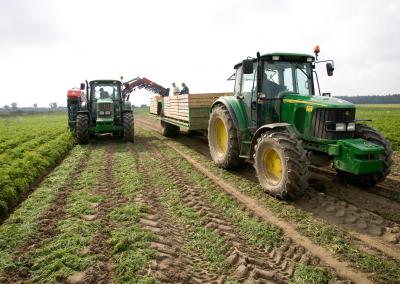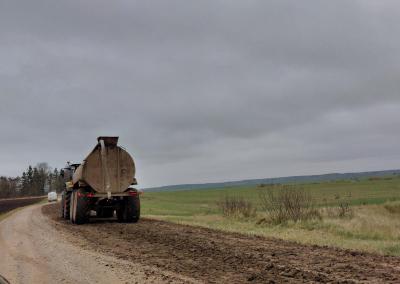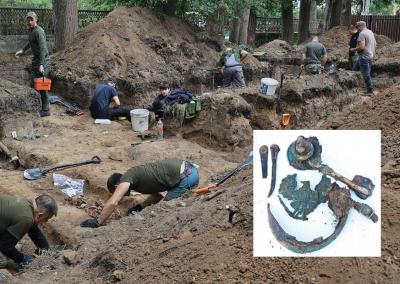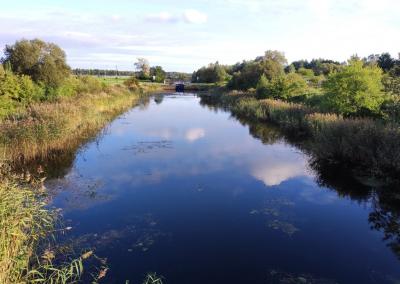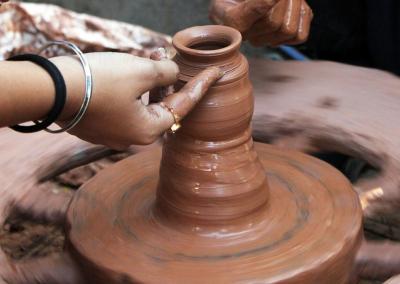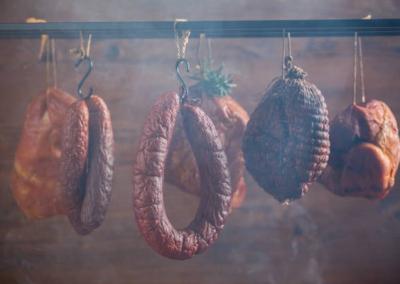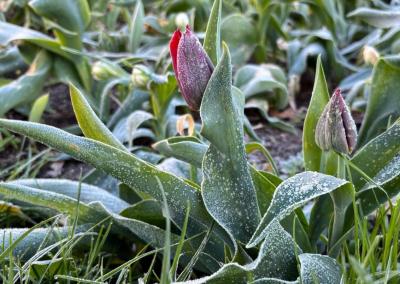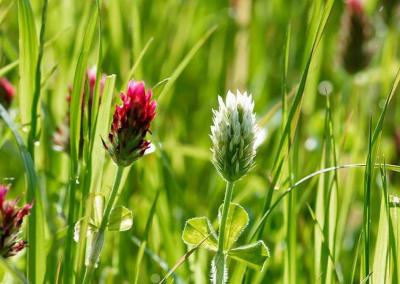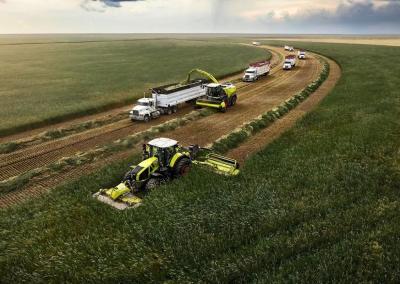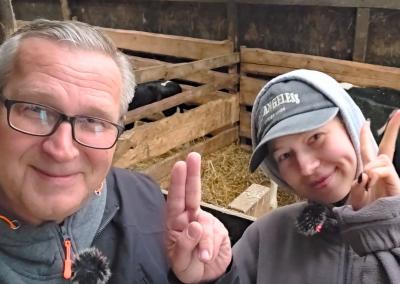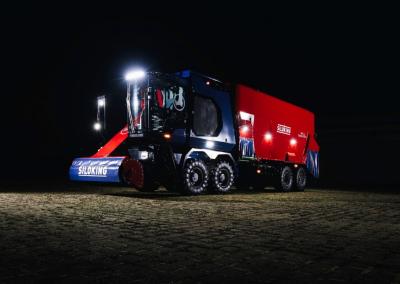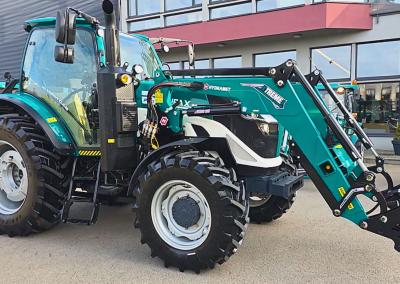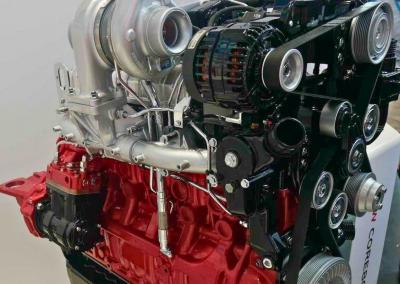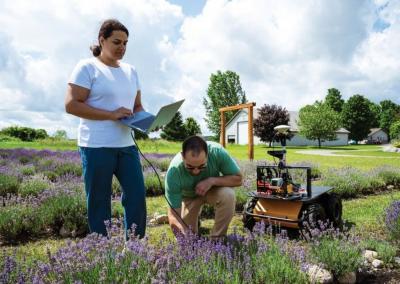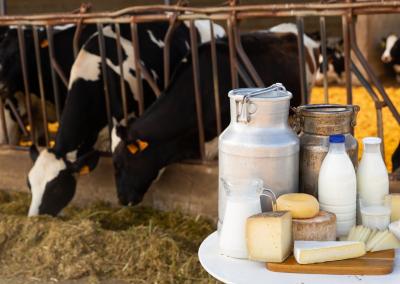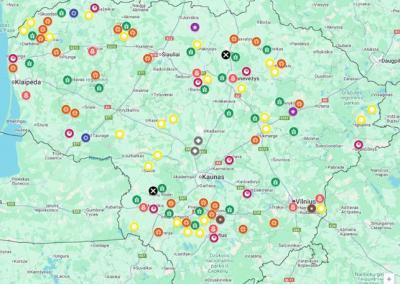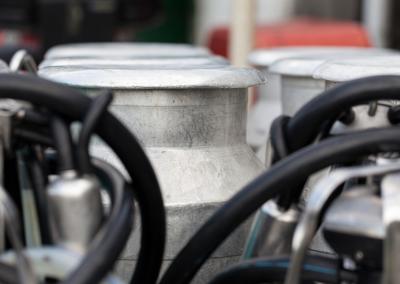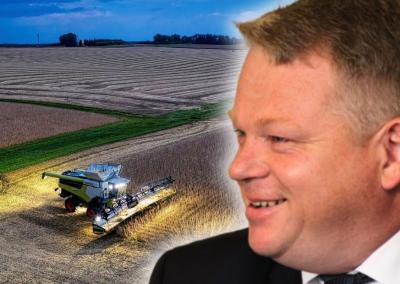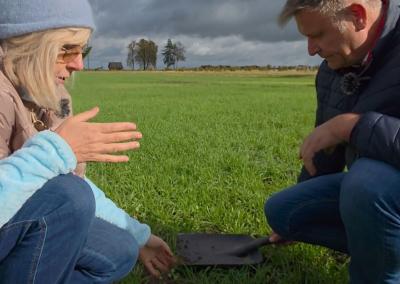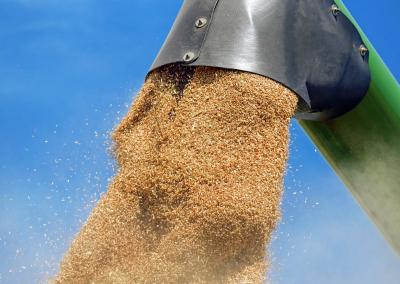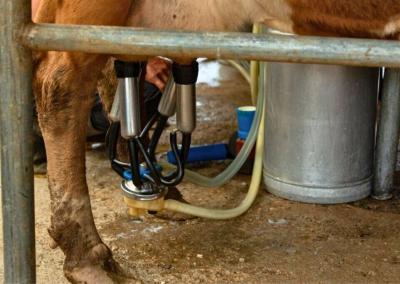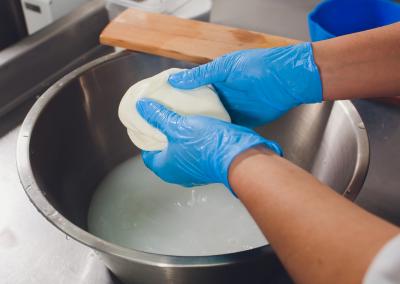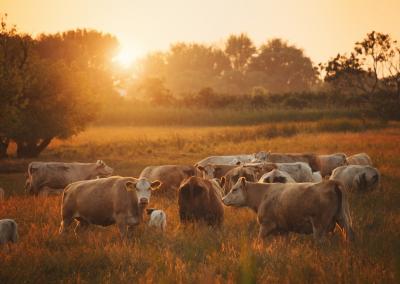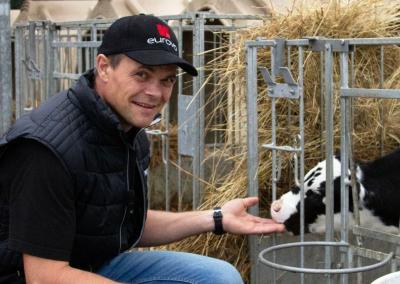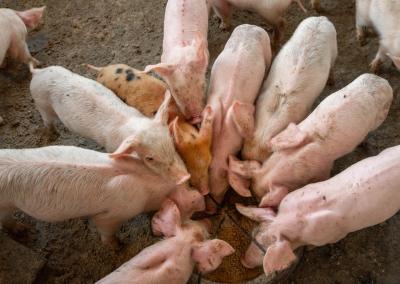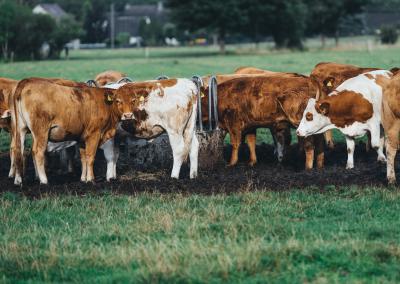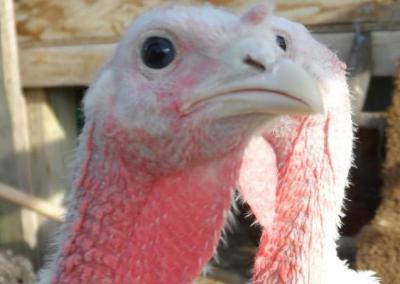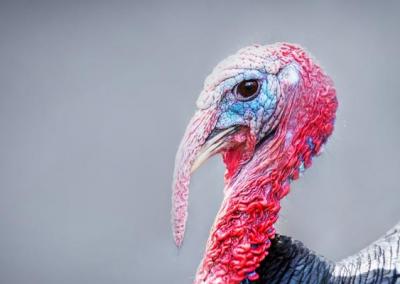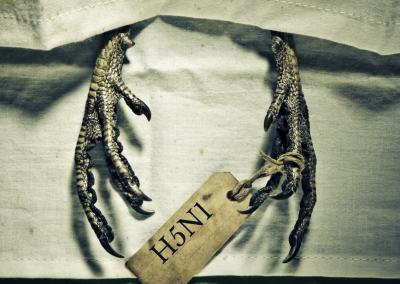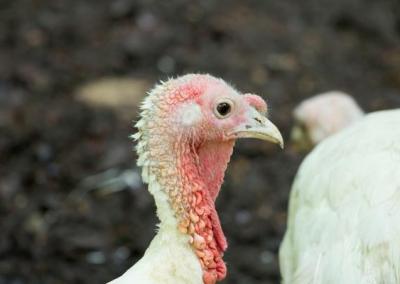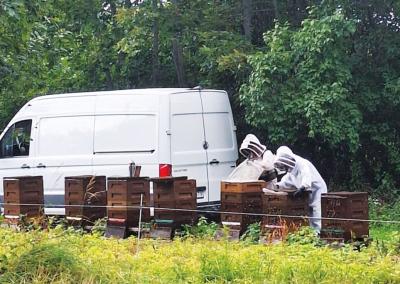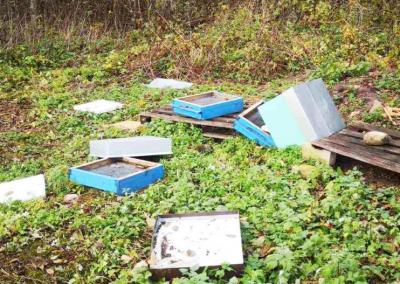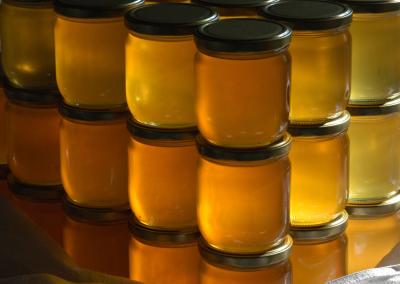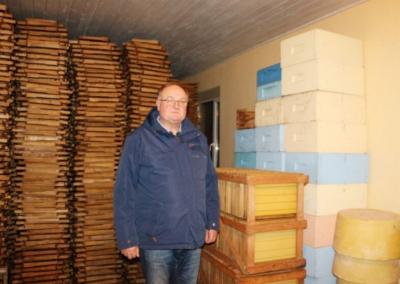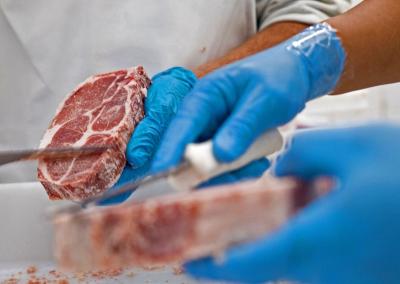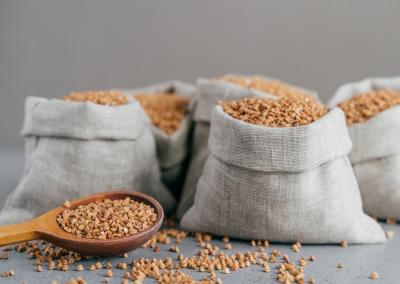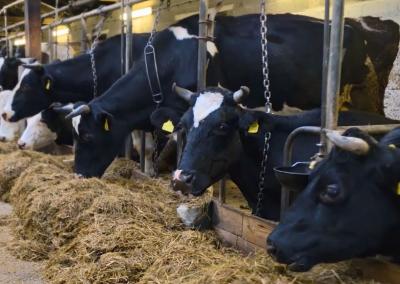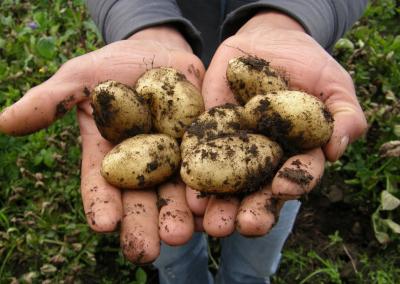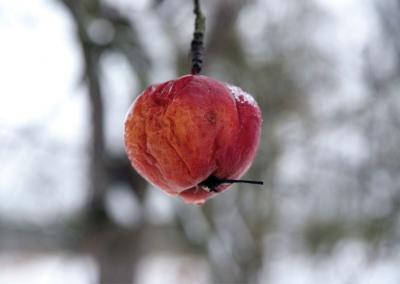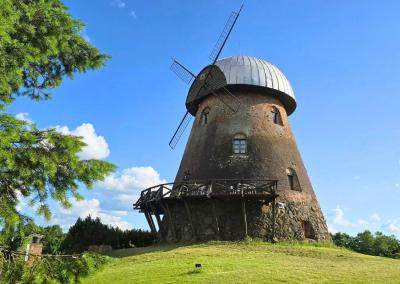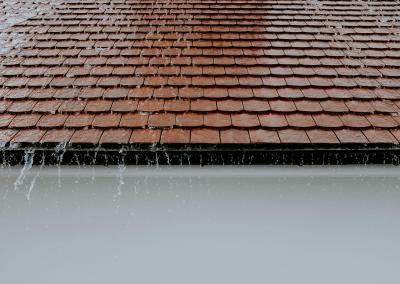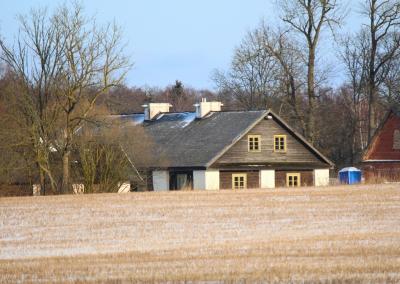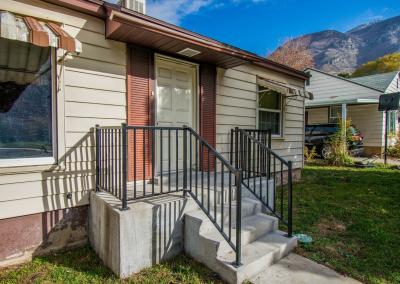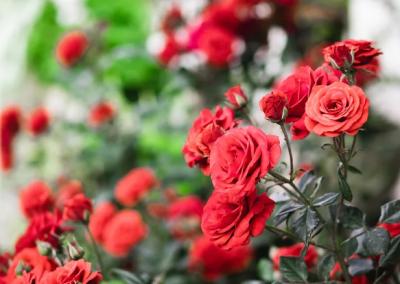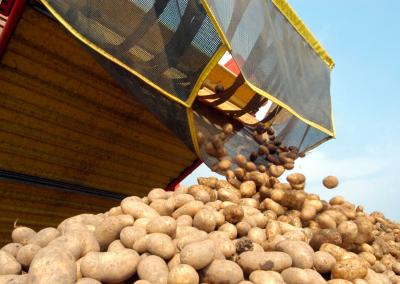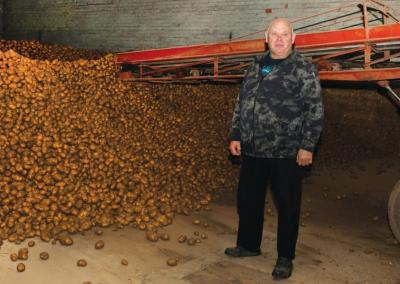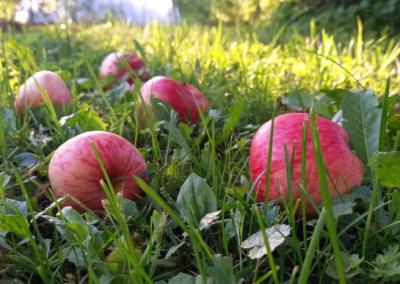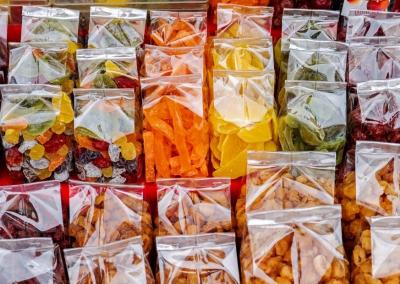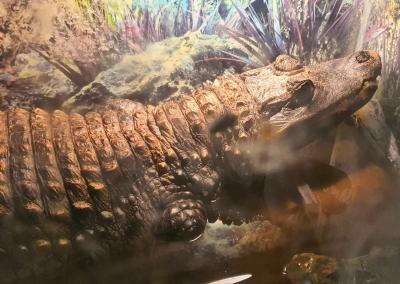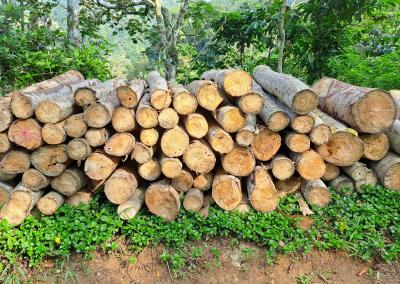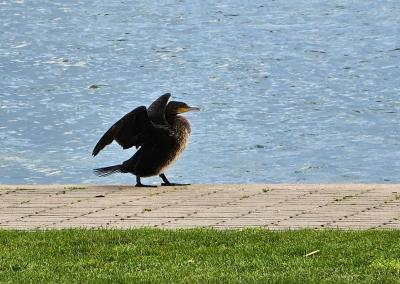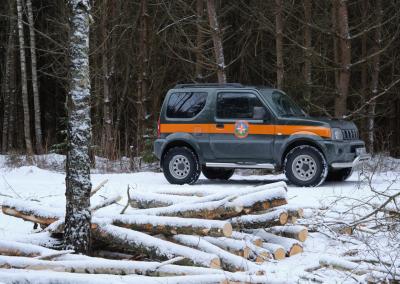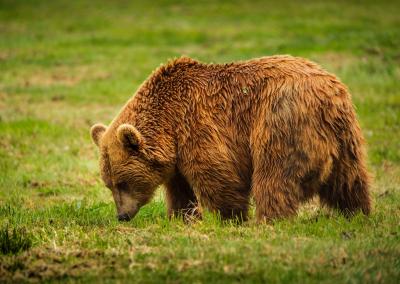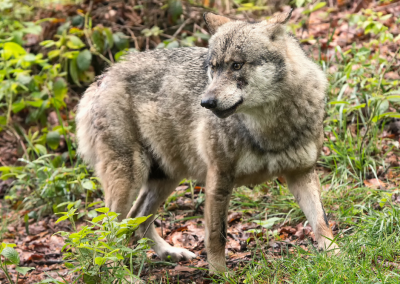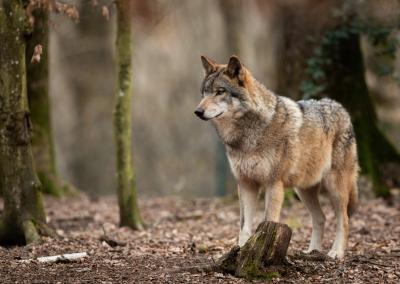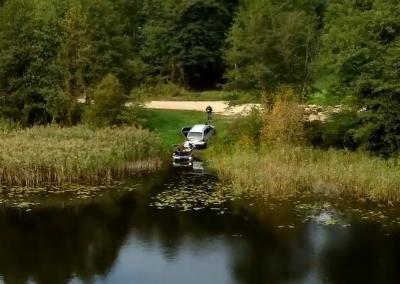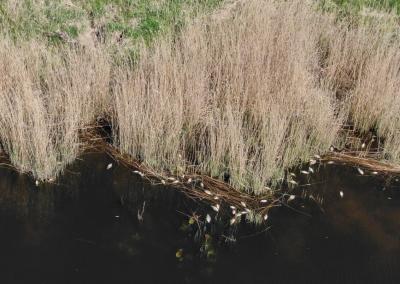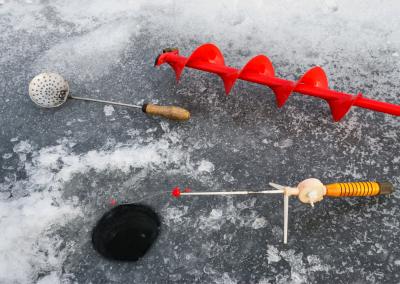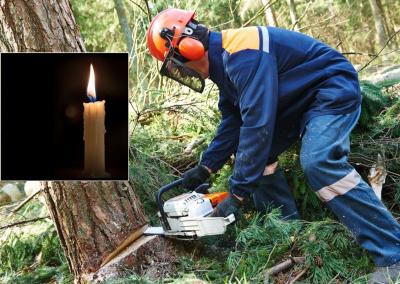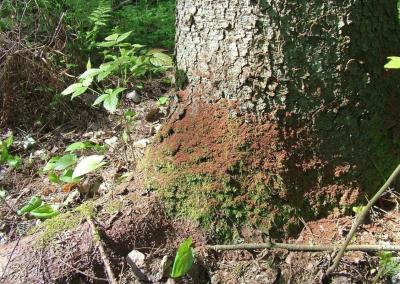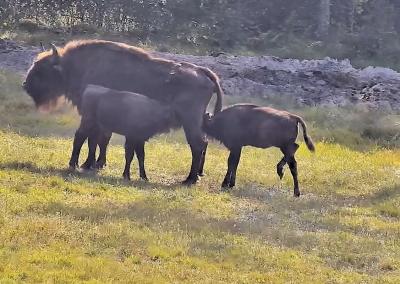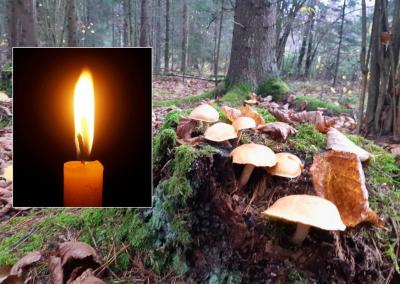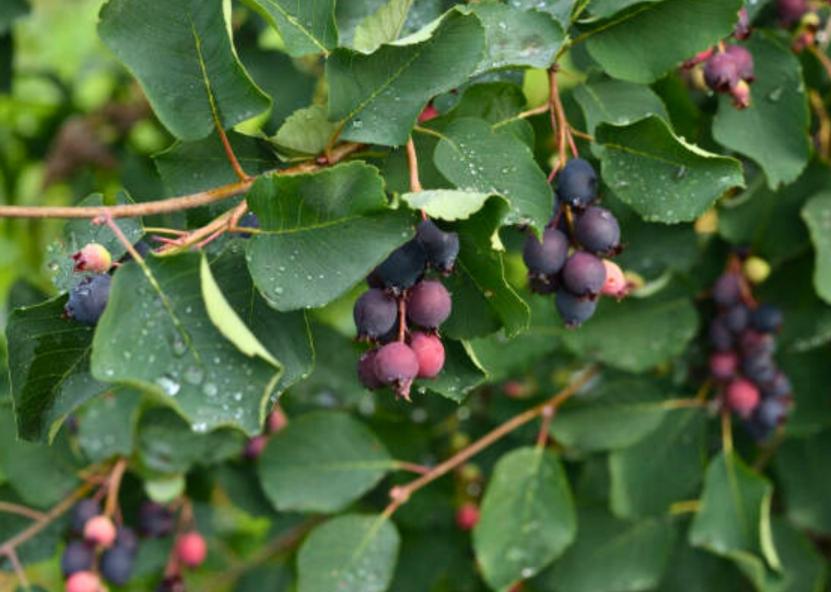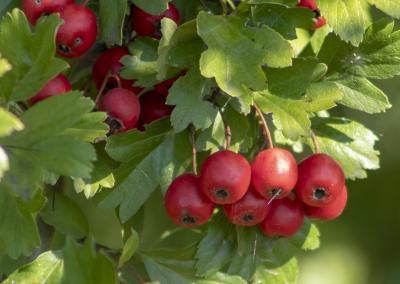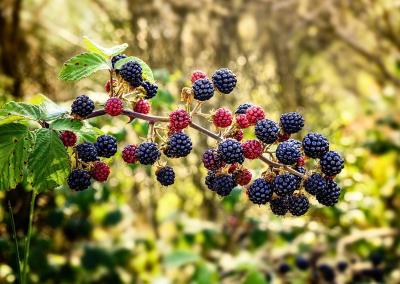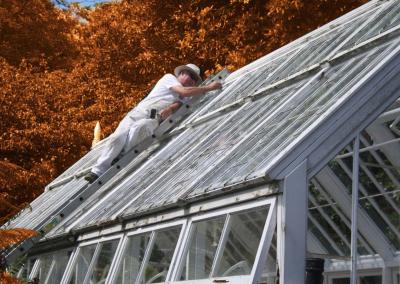Planting medlars in autumn
Larch is a popular tall shrubby garden plant with delicious blue-purple berries. The berries are rich in the health benefits of pectin (up to 7%), which removes toxins from the body, and the medlar bushes themselves can be grown as hedges. It is absolutely frost-resistant and low-maintenance, timing and location planting and can therefore be planted in the autumn with confidence. It takes root in virtually any cultivated soil and even in woodland.
When is the best time to plant a tree in autumn? It is recommended to plant in open ground 2-3 weeks before the first frost. The optimum time for planting is in the second half of October. In warm areas in southern Lithuania it is possible to plant in late October. In colder regions, it is better to plant in early October, and in very warm weather also in late September.
Where to plant medlars
Because it is a very undemanding plant, the choice of location should not be difficult. It can be described as cold hardy (tolerating winter frosts down to –40 C) and shade tolerant. These characteristics are due to its powerful root system, which grows vigorously in depth and breadth. But there are still some recommendations for the growing site.
It is best to choose a bright location for planting alders, but out of direct sunlight. They tolerate shade but can only produce well in normal light.
Cucumbers can grow in almost any soil. However, they will do best in fertile, neutral acidity, loamy or sandy loam, moist (but not marshy) soil. The shrub is only tolerant of waterlogged soils and groundwater closer than 2.5 m.
Medlieva is not afraid of hot and cold winds, so it does not need to seek out secluded, sheltered spots or shelters. You can plant shrubs along the fence.
Planting holes for medlarsOptimal depth and width of the hole – 60 centimetres. The distance between the planting holes, if you are planning to plant a hedge of medlars, should be about 1.5-2 metres.
If you have a seedling with a closed root system, the hole should be 2 times the size of the clod of earth on the roots.The excavated hole will need to be filled with a fertile soil mixture: mix topsoil (3 parts), well-rotted compost (1 part), sand (1 part). Fill the hole 2/3 full, leaving the remaining soil to fill the hole after planting. It is also advisable to add a potassium-phosphorus mineral fertiliser such as superphosphate (120 g) and potassium sulphate (40 g) to the mix.
Planting alfalfa
Only annual or biennial seedlings of medlars shall be selected for planting.
If you have a sapling with an open root system, then you need to make a mound of earth in the centre of the hole and plant the sapling on top of it. Then make sure that the roots are straight and pointing downwards, not bending upwards at the tips. If you have a plant with a closed root system, simply place it in the planting hole.
Note the planting depth: the root collar of the seedling should be 2 centimetres above the soil surface. If the neck is too deep, there will be too many unnecessary root suckers.
When planting a medlar seedling, cover the roots of the medlar plant with soil. A specimen with an open root system can be held by the trunk and gently shaken so that the soil can better fill the voids between the roots. Lightly compact the soil around the seedling.
Water the planted tree immediately (2 buckets of water per bush). It is preferable to pour water in divided amounts.
Caring for the medlar after planting
After planting the tree in the open, the sapling will need to be cut back, leaving a height of about 15-20 centimetres. After a few hours (or the next day), inspect the planting site. If the soil has subsided, it is necessary to refill the soil to the previous level.
Mulch the ground around the trunk of the berry bush for the winter. The mulch will retain the moisture in the ground for rooting and protect the young root system from severe autumn frosts and winter cold. Acid-free peat, well-rotted humus and rotted sawdust can be used as mulch. The mulch layer should be about 7-10 cm thick.
Next year in spring it is recommended to carefully cut back all the inflorescences of the medlar bush. This will allow the young shrub to concentrate all its efforts on becoming stronger and more established in its new location.
If you have added fertiliser to the hole at the time of planting, there is no need to fertilise the shrub for the first year. Otherwise, it is optimal to fertilise the following year in the spring with a complex fertiliser such as nitroamophoska and in the autumn with a potassium-phosphorus fertiliser such as superphosphate and potassium sulphate.
Another feature of medlar shrub care should also be noted. Medlars produce strong root suckers, so you will need to pay attention to removing them in future.
